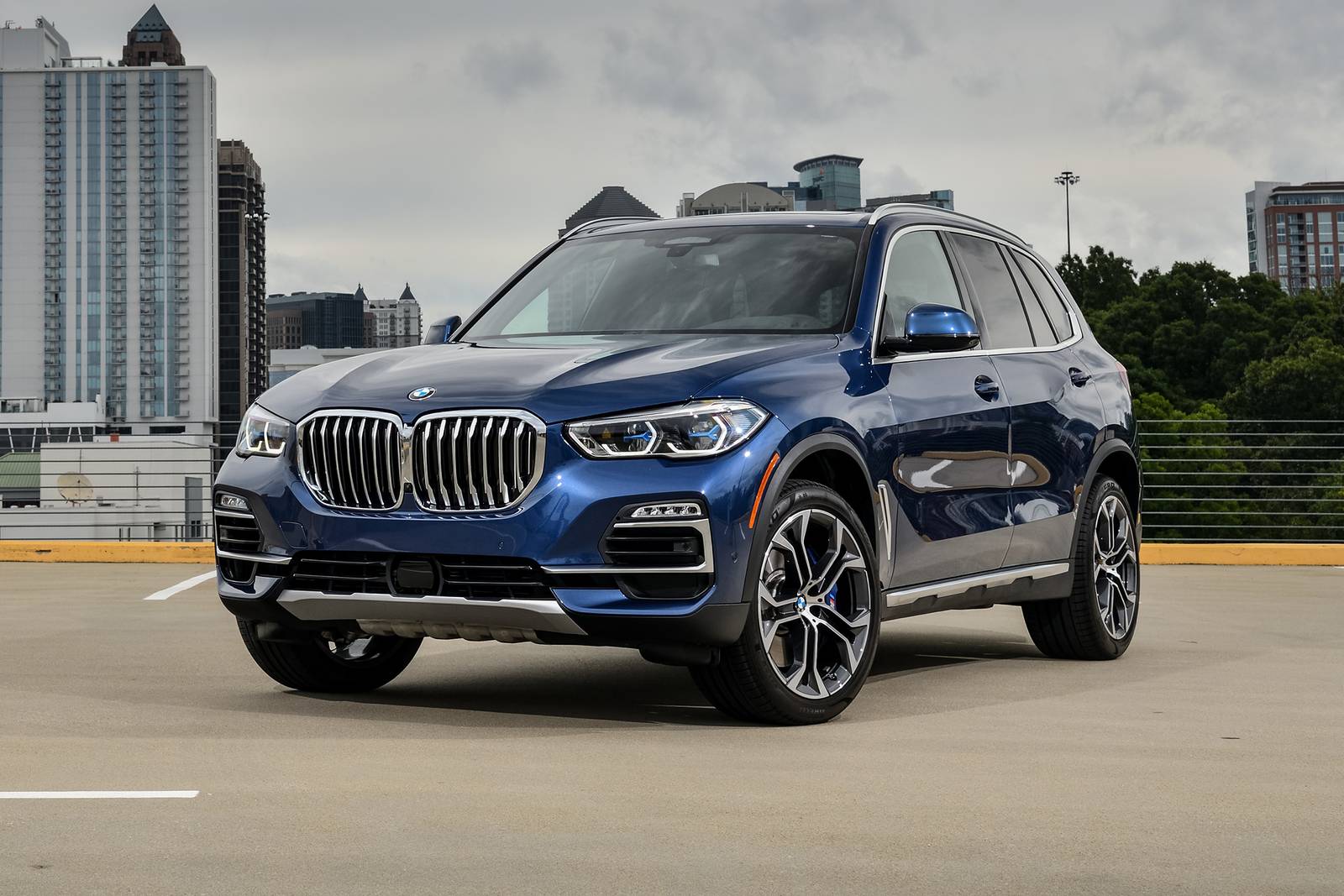As automakers continue to appeal to customers with a growing spectrum of safety and convenience features, ADAS has become one of the most essential systems in vehicles today.
The term ADAS now refers to a wide range of passive and active technologies that aid drivers in driving and parking. It uses automated technology such as sensors and cameras to notify the driver of potentially hazardous road conditions and to conduct appropriate actions such as slowing or stopping the vehicle.
Let’s look at several ADAS features and technologies that improve vehicle safety, provide comfortable driving, and are recognized as some of the most essential systems in ADAS:
360 Degree Camera
You may have heard the 360-degree camera referred to by many names, such as 360-Surround, Bird’s-eye view, and Surround-View.
A 360-degree camera is a device that displays a view of your car and its surroundings from above. That is, the image presented on your vehicle’s display screen is similar to one captured by a drone. A split view image and proximity alert are two other features that work in tandem with a 360-degree camera.
A 360-degree camera helps ensure that you don’t hit anything while parking. This not only keeps your car scratch- and dent-free, but it can also reduce insurance claims from low-speed collisions.
Also Read – Used BMW X1 Is A Thrilling SUV
Dash Cams
Dashcams are small cameras mounted on the dashboard and sometimes in front of the rear window to record the on-going activities in the vicinity of the vehicle. dashcams provide real evidence that aids in inquiry in the event of an accident.
Because all activities will be recorded, travelling with a recording device that collects all information will urge drivers to drive safely. Dashcams can sometimes record in-cabin audio and video, discouraging drivers from engaging in unlawful activities or driving distractedly. In the instance of a teen driver, parents can review the tape, which will encourage young drivers to drive more safely.
Teen Driver Technology
Juvenile drivers are more likely to make risky driving decisions such as not wearing seat belts, speeding, and listening to loud music, which results in distracted driving.
Teen Driver is a free feature that instructs young drivers to build safe practices behind the wheel and provides parents with a driving report card that shows if safety systems such as ABS or front collision alert were activated while their child was driving.
The system can alert the teens if the vehicle exceeds a specific speed, disable the music if seatbelts are not used, filter out explicit content (if your vehicle is equipped with SiriusXM satellite radio), and set a volume limit on the sound system.
The Teen Driver system is simple to configure. Locate the Teen Driver menu in the infotainment system’s display first. Then, generate a personal identification number (PIN) and register a key fob. The Teen Driver system will thereafter be activated anytime the car is started using the registered key.
The most well-known of these is General Motors’ Teen Driver suite of features, which is available on certain Chevrolet, GMC, Buick, and Cadillac vehicles, trucks, and SUVs.
Ford also offers a standard MyKey system that shares functions with GM Teen Driver. Furthermore, Kia’s UVO Link too has features that help parents encourage their kids to drive safely.
Digital key
Because your smartphone is always with you, a digital car key gives drivers the ability to lock and unlock their cars from their smartphones. A digital key for a car operates the door locks and starts the engine using your smartphone, eliminating the need to carry the key fob.
It also lets you check the status of fuel level and tire pressure. These apps can also help you locate the nearest dealership, petrol station, or charging station. Some of these apps can even be used to schedule maintenance.
Depending on the make of your vehicle, digital key smartphone technology is available on Apple, Samsung, and Google phones. You may even use it to unlock your vehicle if you have other Apple gadgets, such as an Apple Watch.
However, since the introduction of digital keys, technology has evolved dramatically. Certain vehicles no longer require you to place your phone directly on the dashboard. Instead, simply being near the vehicle will enable it to open.
Stolen Vehicle Assistance
A Theft Alarm Notification* can inform you if your car alarm goes off.
Once law enforcement determines that your car has been stolen, OnStar Advisors can use GPS technology to assist police in locating your vehicle and, if necessary, remotely slowing it down. * With Remote Ignition BlockTM, OnStar can also prevent a thief from restarting your vehicle remotely. If your vehicle is stolen, Advisors can collaborate with police enforcement to help you get it back faster and safer.
It is not only useful if your automobile is stolen. These systems can also assist in getting rescue services to you after a crash by pinpointing a vehicle’s exact location.
Stolen vehicle tracking technology is included in systems like Subaru Starlink, Kia UVO, Hyundai Blue Link, and GM OnStar.
Check this – Used BMW X3 Is An Amazing Buy
Automatic Emergency Braking
Automatic emergency braking (AEB) is a safety device that detects a potential collision and responds by autonomously activating the brakes to slow or stop a vehicle to avoid a collision. Radar, cameras, and LiDAR are commonly employed to detect future dangers. The slower the vehicle is moving, the more likely the automated emergency braking system will be able to bring it to a stop in time to avoid a collision.
Visit this – Used BMW M4 Is Reliable
Key ADAS Features
1. Lane Keep Assist
This feature can help you return to your lane if you slip out, potentially preventing a crash.
It uses a lane departure camera, infrared sensors, and lasers to provide sensory data to assist you in keeping in your lane.
This feature relies on painted lane markings to function which includes the markings between lanes and along the road’s borders.
2. Lane Departure Warning
If the vehicle drifts into an adjacent lane, the lane departure warning system detects it and alerts the driver. LDW accomplishes this by using a front-facing camera to track the trajectory of the drive path and identify road divider lines. The driver is often notified with an audio warning, which is frequently accompanied with a visual indication such as an indicator light or an illuminated icon in the gauge cluster. Haptic indicators, such as steering wheel vibrations, are also common in many systems.
3. Forward Collision Warning
It alerts drivers when they are about to collide with an object or another vehicle on their way. FCW aims to reduce the number of rear-end collisions that occur when an unexpected vehicle or item crosses your path unexpectedly, leaving you with inadequate time to brake. Forward Collision Warning uses radar, camera, and laser It alerts the driver by voice and/or visual warnings. Some vehicles also include haptic warnings such as seat or steering wheel vibration.
4. Blind Spot Monitoring
It’s common to miss a car approaching from behind in the left lane or in the blind spot next to your own vehicle.
Sensors in blind spot detection systems alerts the driver by an alarm when they detect an object in the driver’s blind zone, such as when the driver attempts to change lanes or when other vehicles approach in the blind spot.
It detects vehicles using a set of sensors positioned on the side mirrors or rear bumper.
5. Adaptive Cruise Control
Adaptive cruise control (ACC) is a system that assists vehicles on the road in maintaining a safe following distance and staying under the speed limit. It automatically adjusts the speed of a vehicle. The advanced cruise control can automatically accelerate, slow down, and sometimes stop the car.
ACC gathers data from two sensors: a distance sensor that checks the distance between your car and the vehicle ahead, and a speed sensor that automatically accelerates and decelerates your vehicle.
6. Driver Drowsiness Detection
The sensors used in this technique can detect tiredness by analysing the driver’s head movement and pulse rate. Other systems issue driving alerts that are similar to lane detecting warning signals.
Also read: All About Toyota GR Corolla: First Hot Hatch Unveiled by Toyota






